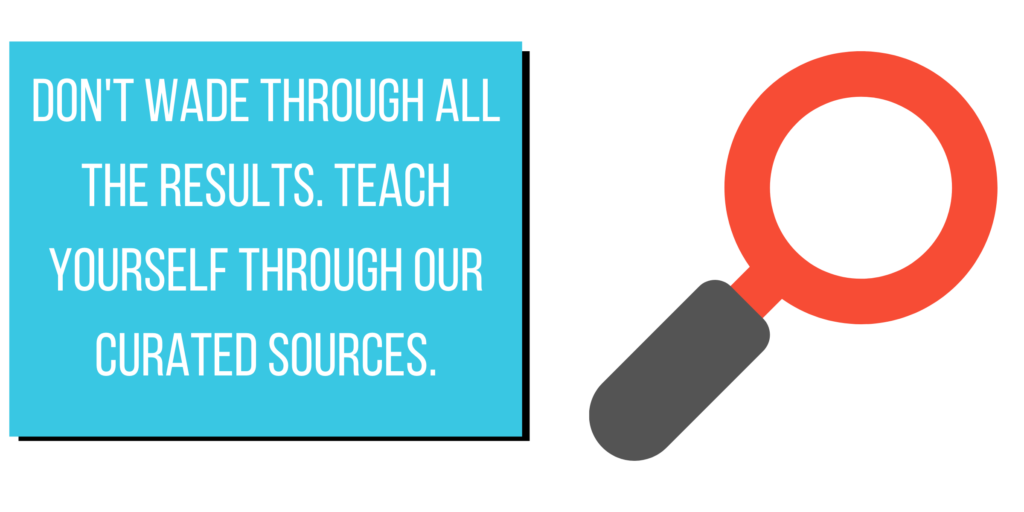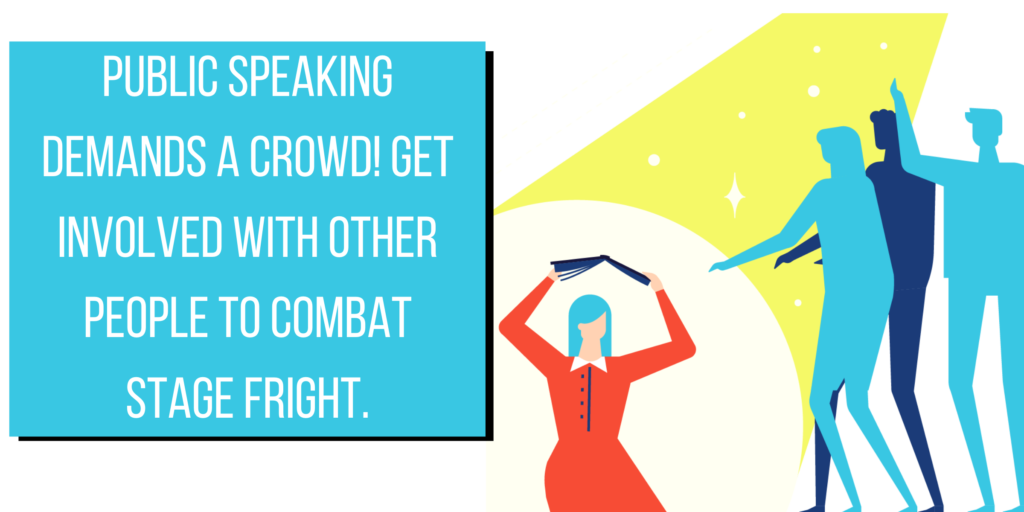
One of the most common fears is delivering a speech to a crowd of people. The confidence it takes to do so can be extremely intimidating, and that’s OK. There are very few people who can do this naturally. That’s why you work at it.
Whether a business spiel, a toast at a family event, a school presentation, sales, or any other sort of performative pitch, it may seem that some people are naturals and other people wouldn’t dare. This is a natural fear! To mess up, embarrass oneself and ruin the message is a worry that has plagued even the most prolific speechmakers of all time.
Yet teachers, coaches, doctors, entrepreneurs, managers, community organizers, politicians, and many others must give speeches at some point in their lives. Some people do it throughout their careers. Facing those hopeful eyes and judging ears is tough. Just remember that the confidence and skill to successfully deliver is not innate. It’s something that can be developed and learned over time.
The famed Greek orator Demosthenes overcame crippling anxiety by shaving half of his head and staying in his house until his haircut recovered. He practiced writing and reciting and performing at home. Then he went outside and launched into critical speeches in the public squares against King Philip of Macedon (Alexander the Great’s father). Teddy Roosevelt, Marilyn Monroe, and Joe Biden overcame speech impediments through strenuous practice and lived very vocal, public lives.
So, where do you begin?
Self Learning

Many business sites and forums publish opportunities for further professional development. American Express has published articles doling out advice from business experts on public speaking. These articles list strategies that include using body language to your advantage and writing to the audience you’re after.
The Mayo Clinic has offered advice from medical researchers who lean into their expertise with behavioral disorders and anxiety to overcome the fear of public speaking.
The New York Times created a thoroughly written process on how to write and present public talks, with helpful graphics woven into the text. LinkedIn has a whole content network for useful advice in the business sector, with countless articles about crafting persuasive pitches and being charismatic as a public speaker.
Other content sites such as Business Insider and Forbes have also contributed useful readings for people looking to refine their public speaking.
For some, text content may not be the most effective way to learn. TED has dozens of videos about the importance of public speaking, approaches to practice, and points of emphasis for improving. They’ve even curated a seven video playlist to consume before giving a talk. The people in these videos range from presenters who are successful businessfolk, medical researchers, scientists, educators, and inspiration activists. From that starting point, there is more informational and inspirational content to peruse. You can also try a more structured approach:
Community Organizations

If the heavy academic or professional focus on public speaking isn’t for you, there are more community-driven organizations such as Toastmasters International. A Director of Education founded this organization at the Young Men’s Christian Association (YMCA). Toastmaster International takes a personal growth, and community involvement approach to enhancing peoples lives by empowering them and building up their public speaking ability.
Toastmaster is organized in a regional club basis. If you join, you’ll be connecting with residents of cities whose members feature varied demographic groups. These groups will provide networking and mentorship opportunities, along with a welcoming audience to practice a difficult skill. They also have yearly international competitions where regional clubs elect to send the best performing speech makers to larger meetings and eventually crown an international Toastmaster.
Another activity that similarly can build community, empower tentative individuals and defeat stage fright is Improv Comedy. Though sometimes ridiculed on TV shows and the Internet, improvisational comedy organizations give participants a playful, creative outlet to work on their stage fright. These classes often feature strong emotional support to help you develop presentation skills. Whether it’s projecting your voice, assuming confident postures, and playing different roles, you can build invaluable experience through Improv. The process of intentionally becoming uncomfortable, leaning into new ideas on the fly, and acting out a character can turn even the most shy public speaker into a veteran performer and presenter.
Also, if you want to improve as a public speaker, you might consider taking a course or courses on the subject:
Online Classes

Because of how common this fear is, there are tons of resources to help you. In them, you can practice public speaking and strategize on how to improve. Massive Online Open Course (MOOCs) are excellent free opportunities that use the democratizing power of the Internet to let people worldwide access specific classes and programs. In this case, you’ll learn specific techniques on writing and presenting public talks.
Coursera, an online learning platform founded by Stanford professors, has a course from the University of Washington in a Dynamic Public Speaking Specialization sequence. The first class takes approximately 17 hours to complete. While users can move at their own pace, it is broken up into the following suggested schedule:
- Week 1: Understanding speech
- Week 2: Making ideas compelling and memorable
- Week 3: Illustrating and delivering your ideas
- Week 4: Overcoming your fear of public speaking and developing great delivery
- Week 5: Course conclusion and your final speech
Each of these phases of the course offers activities, readings, videos, quizzes, and deadlines for submissions. Because of the user-centered qualities of a MOOC, all periods are flexible, and the timeframes are only suggested. All of the videos are also supported by subtitles in five different languages: Arabic, English, Spanish, Portuguese, Vietnamese.
Coursera also fields programs from the University of Colorado, Boulder, and Rice University. The UC Boulder class is called Successful Presentation and was developed by Professor William Kuskin. Dr. Kuskin has a joint role as a professor in engineering and English. He’s also the Faculty Dean for Online Innovation.
Rice University’s class is a bit more specialized, focusing on Oral Communication for Engineering Leaders. This curriculum is for young engineers reaching a new stage in their careers, whether it’s their first management or leadership role. The cores of this course are:
- Creating a communication strategy
- Developing a clear message and organizing persuasive content
- Creating strong visual support
- Presenting data effectively
- Presenting professionally and confidently
- Handling formal presentations, giving pitches, speaking extemporaneously, managing online presentations, and lowering public speaking anxiety
Because public speaking isn’t always part of an engineer’s education, this course is especially valuable. It helps engineers improve communication and presentation to people who might not know anything about engineering. If a specialized engineer can successfully share insights with the uninitiated, you can learn to speak to anyone.
Even artists need to have public speaking skills! In The Khan Academy’s coursework on Storytelling in the Arts and Humanities vertical, there is a unit on Pitching. It has several activities, opportunities for feedback, and exemplars. This is the kind of thoroughness you could expect from a university degree program. Only here it happens entirely online, and it’s free!
These are just few examples of MOOCs that can provide academic framework for improving one’s ability to deliver public speeches. Search aggregators such as MOOC-List can help questors access courses from Spanish language universities such as Universidad de Casabria’s Presentaciones Eficaces or Expresion Oral, Comunicacion y Oratoria from the MCA Business and Postgraduate School.
The self-improvement author, Dale Carnegie, wrote the genre classic “How to Win Friends and Influence People” in 1936. Years before that, in 1915, he published “The Art of Public Speaking.” This pioneering life coach and the author has helped hundreds of thousands of people enhance their lives and relationships with those texts and more, and there is now a transformational brand that now bears his name. With a hundred years of results, perhaps the Dale Carnegie method could work for you.
Conclusion
Communication is a vital skill in the modern world, no matter what industry or role you work in. As you have seen from covered coursework, Art, Engineering, and Business professionals are expected to speak competently. These courses prize public speaking because it’s part of every company and organization. It’s also often the best way to effectively get your ideas across to others.
Having the confidence and ability to speak publicly can create lucrative career options, enhance relationships both professional and private, and improve your life immeasurably. The resources here are just the tip of the iceberg to help you become the eloquent, active speaker you deserve to be. Whether you prefer a more formal, academic means, or informal, self- or community-driven methods, there are many paths to the same place. But the most critical thing to do, whenever trying to improve? Practice, practice, practice!
We hope you’ve enjoyed this guide, and use it as a starting point on your path to public speaking glory. Now get to it!
